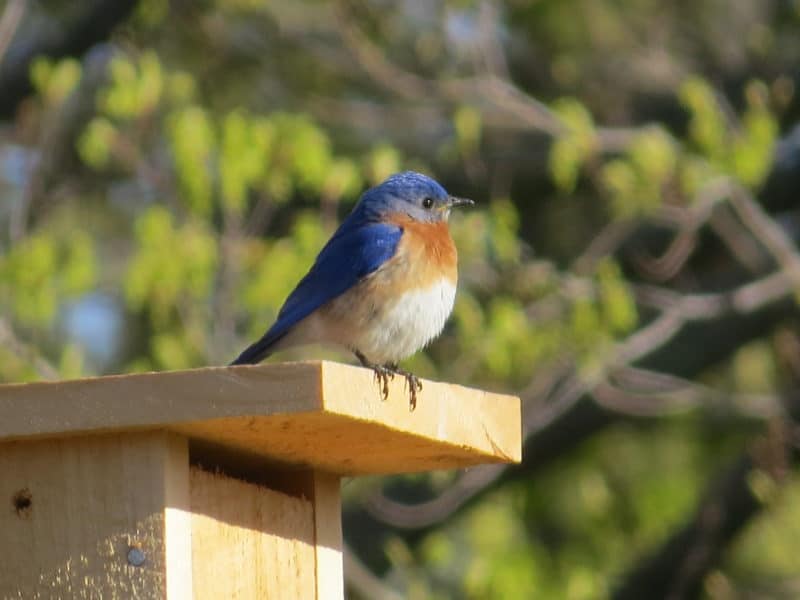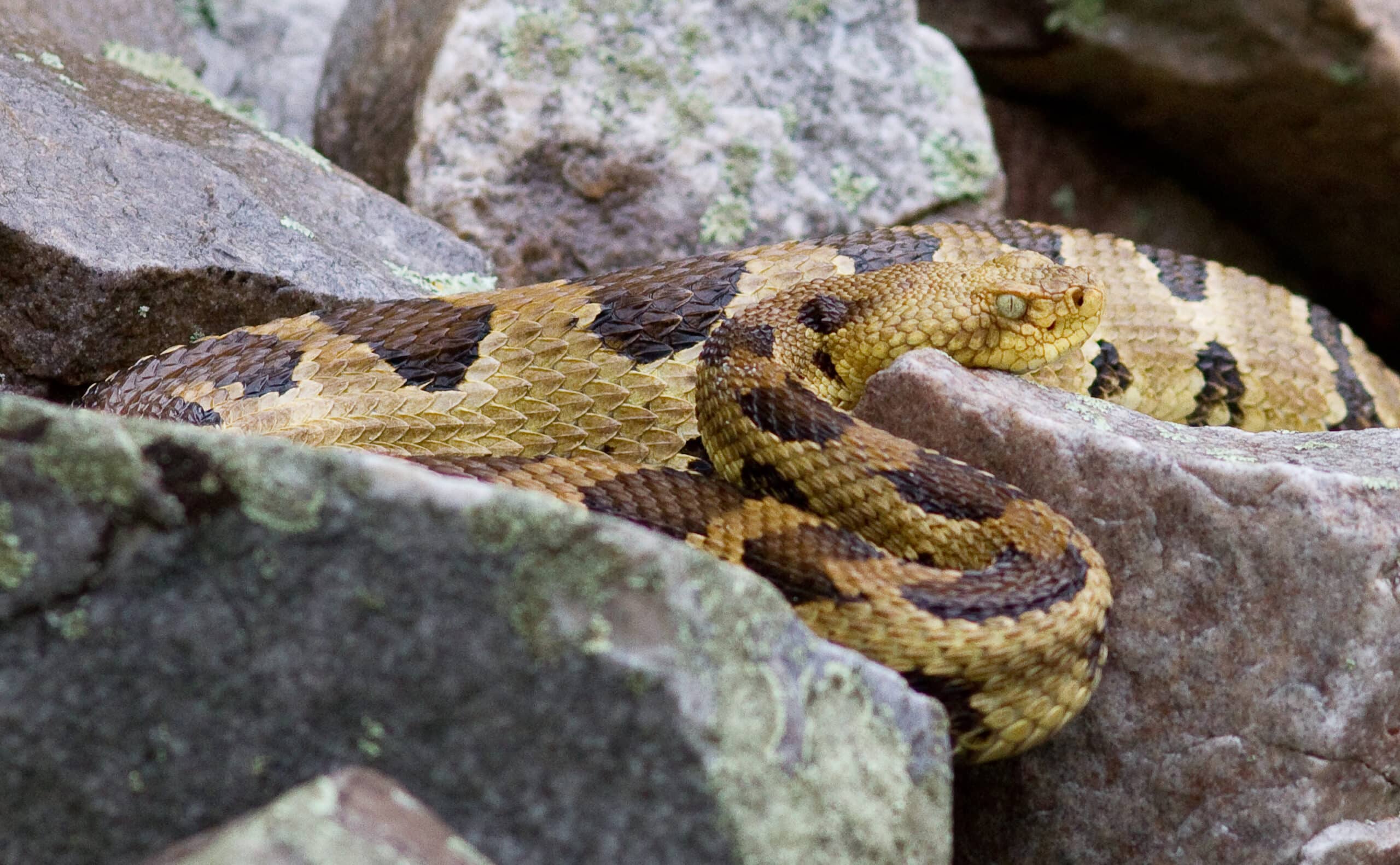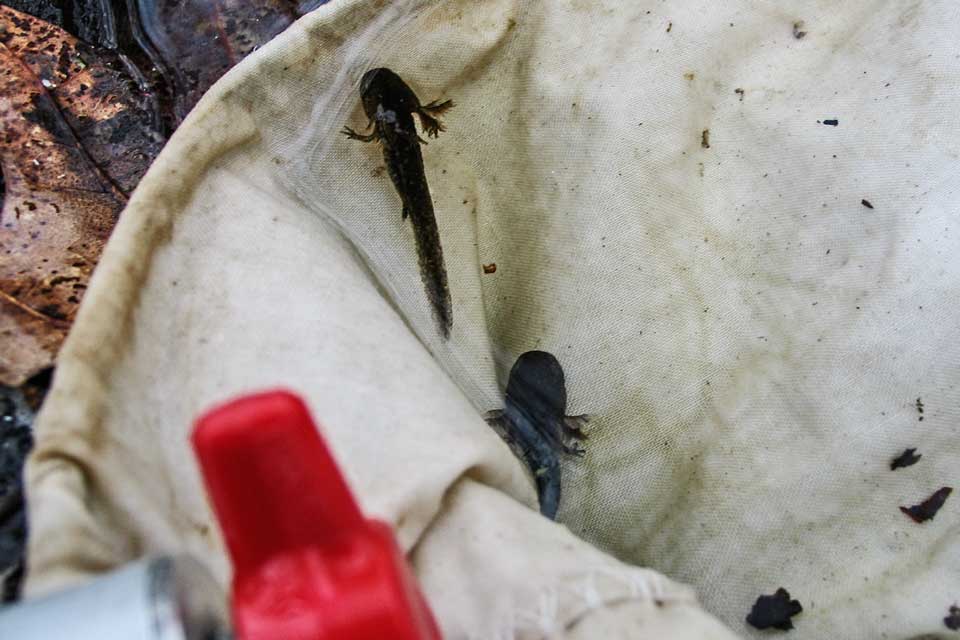For those of you who missed our lecture about Gypsy Moths & Winter Moths with Dr. Joe Elkinton from UMass, I thought I would boil down a take home message for you with regards to the Gypsy Moth. There is no silver bullet for problem, no magic solution to stop this invasive pest. If you have a tree or two you wish to aid as they suffer from the defoliation of these caterpillars there are some ways to help. On the grand scale of things, we have had a perfect storm of conditions that are in place to wreak havoc on our woods in 2017.
What can you do? Nutshell version: Pray for a wet spring.
Like most invasive species (bittersweet, barberry, house sparrows) the gypsy moth was introduced to our landscape and none of the elements that keep this pest in check were present here. Fast forward about 150 years. The gypsy moth remains, going through cyclical outbreaks and feasting on favored species such as oaks and other hardwoods. 2016 was the largest outbreak since 1981. Why? Lack of rainfall, the drought is very much to blame.
Nowadays, the gypsy moth is not without predators and pathogens. This is where it gets interesting…
When the gypsy moth population is low, mice (yes, mice) do a pretty good job keeping them in check by eating their eggs. What supports mice in our ecosystem? Acorns! If you have a bad acorn year, the mouse population drops, and the gypsy moth population goes up. A late spring frost can do a number on the acorn crop, among other things like apples. We have fewer mice, and even though there are other species that prey on the caterpillars (like parasitoid wasps) the gypsy moths are more successful.
Once the gypsy moth numbers have risen, the mice simply cannot eat all those eggs. In years like 2016, when the population of gypsy moths is so dense, a virus will slowly begin to kick in to action taking one or two years to spread and essentially liquefy the bodies of the caterpillars. This virus is out there ready to take action and specific to gypsy moths. You can tell it’s working when you have hundreds of dead caterpillars hanging off the trees in a “V” shape.
If you’re like me, and live in a place where there was not a leaf unchewed (or left, actually) you may not want to wait that long. Good news! There is a fungus among us, lurking in the soil and waiting for a wet spring to proliferate and kill off those bristly bastards. Interestingly, this fungus was initially used to control the gypsy moth in 1910 but was unsuccessful. Oddly, it showed up in 1989- on its own- and has been a godsend. You still need a wet spring, though, and right now we are still in a drought.
[lightbox link=”http://norcrosswildlife.org/wp-content/uploads/2017/03/4_to_TH6-e1489251996456.jpg” thumb=”http://norcrosswildlife.org/wp-content/uploads/2017/03/4_to_TH6-320×200.jpg” width=”320″ align=”center” title=”” frame=”true” icon=”image” caption=”April showers will bring May flowers, and hopefully a fungal outbreak that will kill off some of the gypsy moth caterpillars.”]


